If you’re managing commercial builds in 2025, your drywall has to do more than close up a frame. It needs to block noise. Hide smart systems. Hold weight. Meet code. And look clean doing it.
Let’s be honest—if you’re cutting into walls after painting, something went sideways.
We see it too often: AV team shows up late, wiring gets moved, tech panels weren’t accounted for, and now the GC’s dealing with last-minute patchwork that tanks the schedule and the finish.
Drywall installation decisions made early keep builds on track. If your walls aren’t planned for smart systems from day one—you’re already behind.
A recent CBRE survey found 71% of corporate clients are investing in smart building technology—everything from climate sensors and digital signage to built-in touch panels and wireless boosters.
(Source: CBRE Smart Buildings Report)
But here’s the part that gets missed:
That tech doesn’t just float. It needs structure. Backing. Hidden wiring paths. Clean access. If the wall wasn’t built for it, you’re stuck opening it back up.

Planning for tech-ready drywall isn’t optional—it’s essential for staying on budget, avoiding delays, and delivering a polished commercial space.
Standard Drywall Isn’t Built for Today’s Tech
Most drywall systems weren’t designed to handle the weight and wiring needs of today’s commercial environments.
That’s why we spec smarter materials like CertainTeed’s Habito, which supports 30 lbs per screw—no extra backing required.
You can mount TVs, panels, and heavy gear directly—no blocking, no anchors, no callbacks.
(Proof here – PR Newswire)
This kind of high-performance material is perfect for smart drywall solutions in commercial construction, where durability, clean finishes, and future-proofing are non-negotiable.
What Happens When You Don’t Plan for Tech Walls
Let’s call it out:
- You lose time. Rework slows everything down.
- You kill the finish. Patch jobs never match.
- You spend more. Change orders, labor, material—none of it cheap.
- You frustrate the client. They notice when their tech install turns into a drywall nightmare.
In short: planning drywall like it’s 2015 on a 2025 jobsite is a fast track to problems.
How Robey Solves It Before It Becomes a Problem
At Robey, we handle tech-ready drywall coordination from day one. Here’s how we keep projects smooth and clients happy:
- We coordinate with electricians and AV teams during layout—so we know where every mount, panel, and sensor is going before framing is complete.
- We spec the right drywall systems—Habito for heavy tech, sound-rated for privacy, fire-rated where it matters.
- We leave room for upgrades. No one wants to demo a finished wall just to add a new control system next year.

This is what separates good projects from great ones: drywall that’s built for the job from the start.

Want to see how we approach every smart drywall installation? Check out our drywall services here.
GCs: Before the Next Bid Lands on Your Desk, Ask Yourself:
- Are the walls built for what’s getting mounted?
- Does the drywall spec support hidden wiring and smart installs?
- Are you looping in tech teams before rock goes up?
- Can you hand this off to the client without a punch list full of wall fixes?
This isn’t just about better materials—it’s about better drywall installation project planning for commercial builds. And we make that easy.
Bottom Line
If your drywall can’t support the tech, your build is already behind.
Tech panels, AV systems, mounted displays—these aren’t upgrades anymore. They’re standard expectations.
And the last thing anyone wants is cutting into finished walls to fix what wasn’t planned right the first time.
Robey solves that early.
We coordinate with the trades, spec the right materials, and make sure your walls are ready to perform—not just stand there.
Download our Tech-Ready Wall Checklist—and keep it in your precon packet.
Or just give us a call. Let’s talk through your next job and make sure your drywall is doing more than closing up the frame.
Frequently Asked Questions: Smart Drywall Installation in Commercial Construction
- What is smart drywall?
It’s drywall built for more than just structure—designed to support tech, hide wiring, meet code, and handle heavy mounts without rework. - Why does commercial drywall need to support technology now?
Smart tech is standard in modern buildings. If the wall isn’t built for it, you’re cutting it open later. - What problems can happen if drywall isn’t tech-ready?
You’ll face delays, patch jobs, and costly rework—especially when AV or electrical needs shift late in the game. - How do I know if my project needs tech-ready drywall?
If your project includes any of the following, it does:- Mounted screens, panels, or kiosks
- Hidden wiring or AV systems
- LEED/sustainability goals
- High-end design finishes
- Clients asking for “smart building” features
- Is tech-ready drywall more expensive than standard drywall?
A little up front—but it saves big by avoiding rework, delays, and extra labor.
- When should drywall installation contractors get involved in tech-heavy projects?
Early. Precon is where smart decisions on backing, routing, and material get made.
- What’s the best drywall for mounting tech and heavy fixtures?
Drywall like CertainTeed Habito—rated to hold up to 30 lbs per screw, no anchors needed. (Learn more from CertainTeed)



